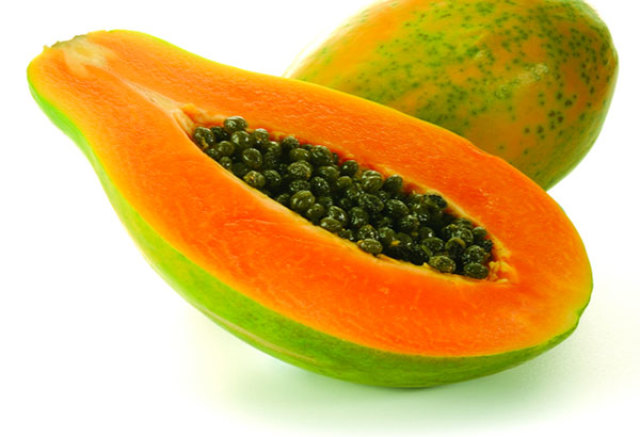Tu navegador no es compatible!
Un gab es una videollamada directamente a través de un navegador. Para poder hacer uso de esta tecnología, es necesario utilizar un navegador compatible.
Los navegadores actualmente compatibles son:
- Google Chrome
- Mozilla Firefox
- Opera
Para empezar un gab, por favor descarga uno de estos navegadores y vuelve a intentarlo.
Un gab es una videollamada directamente a través de un navegador. Para poder hacer uso de esta tecnología, es necesario utilizar un navegador compatible.
Los navegadores móbiles actualmente compatibles son:
- Android Browser
- Chrome for Android
- Kindle Fire Silk

